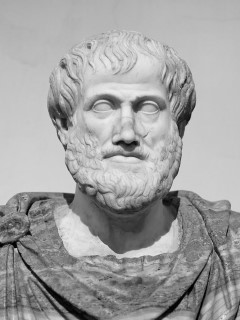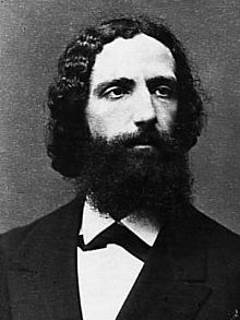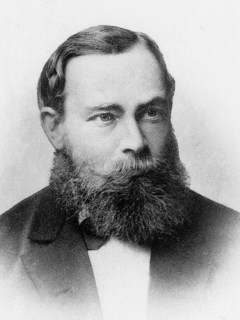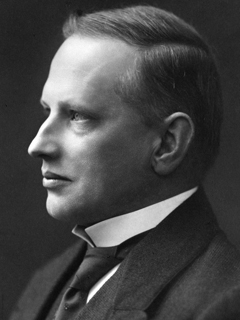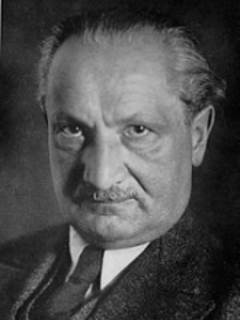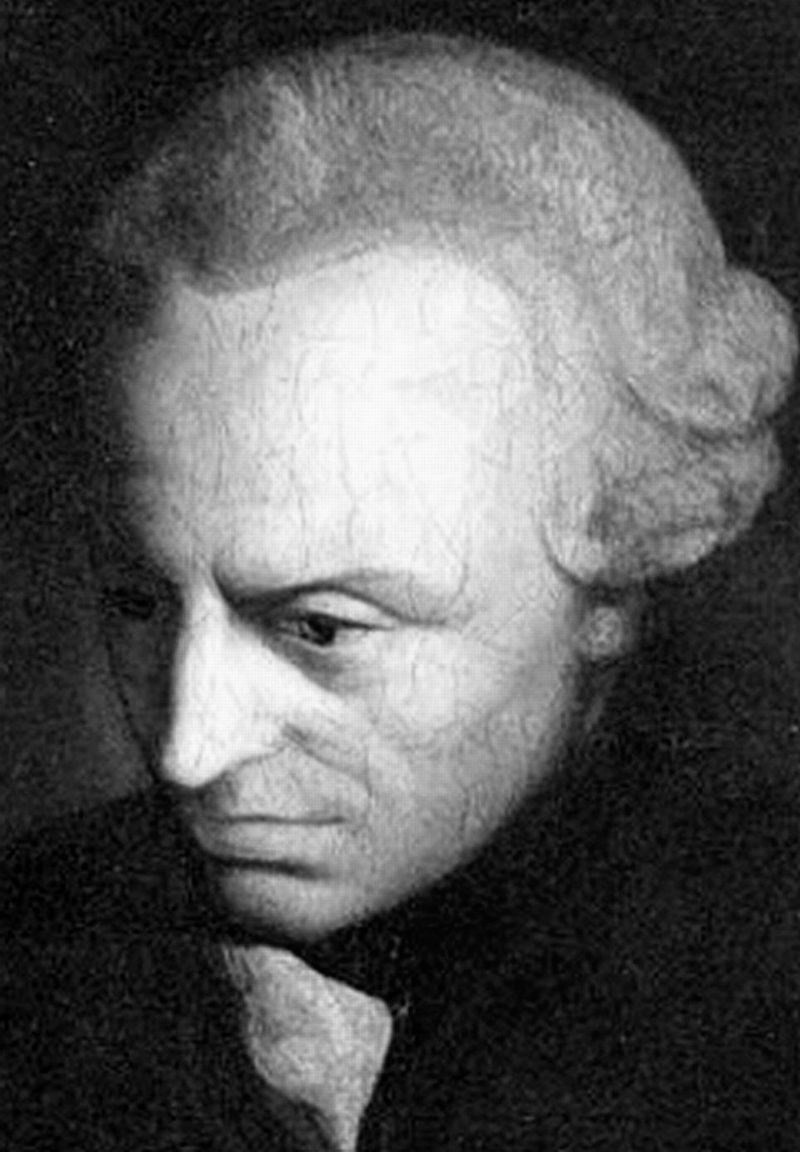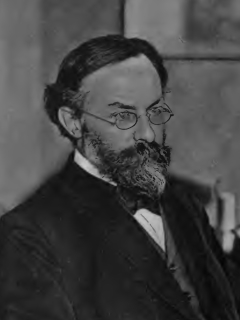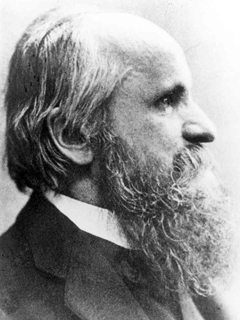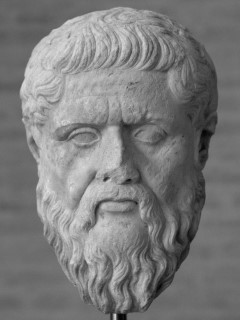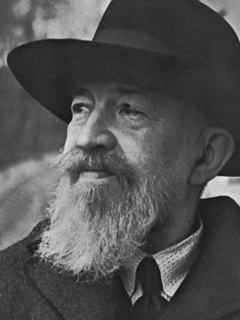Liliana Albertazzi
2015
Philosophia Scientiae 19/3
2013
Axiomathes 23/3
 Handbook of experimental phenomenology: visual perception of shape, space and appearance
Handbook of experimental phenomenology: visual perception of shape, space and appearance2013
(ed)
Oxford, Blackwell
2011
Axiomathes 21/4
2010
in: Theory and applications of ontology, Dordrecht : Springer
2009
Axiomathes 19/1
2007
in: Cognitive aspects of bilingualism, Dordrecht : Springer
2007
in: Cognitive aspects of bilingualism, Dordrecht : Springer
2003
Axiomathes 13/3-4
2002
Axiomathes 13/1
2001
in: The dawn of cognitive science, Dordrecht : Springer
2001
in: The dawn of cognitive science, Dordrecht : Springer
2001
Axiomathes 12/3-4
2000
Axiomathes 11/1-3
1999
in: Shapes of forms, Dordrecht : Springer
1999
in: Shapes of forms, Dordrecht : Springer
1999
Axiomathes 10/1-3
 Shapes of forms: from Gestalt psychology and phenomenology to ontology and mathematics
Shapes of forms: from Gestalt psychology and phenomenology to ontology and mathematics1999
(ed)
Dordrecht, Springer
1998
Axiomathes 9/1-2
1997
Axiomathes 8/1-3
1996
Axiomathes 7/1-2
1996
in: The school of Franz Brentano, Dordrecht : Nijhoff
1996
Axiomathes 7/1-2
1996
in: The school of Franz Brentano, Dordrecht : Nijhoff
1996
in: Formal ontology, Dordrecht : Springer
1996
in: The school of Franz Brentano, Dordrecht : Nijhoff
1995
Axiomathes 6/1
1995
Grazer Philosophische Studien 50
1994
Axiomathes 5/2-3
1994
Axiomathes 5/1
1993
in: Consciousness, knowledge, and truth, Dordrecht : Springer
1993
Axiomathes 4/2
1993
Axiomathes 4/3
1991
Axiomathes 3/1-3
1990/91
Brentano Studien 3
1989
Topoi 4/Suppl


